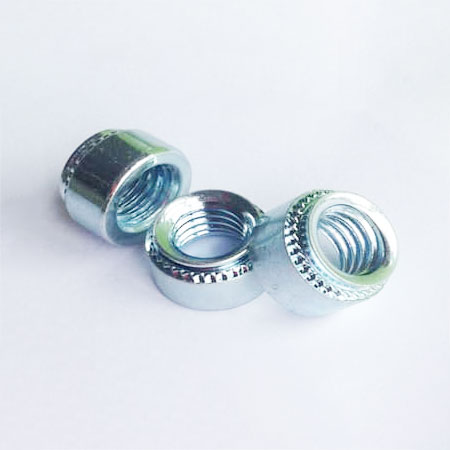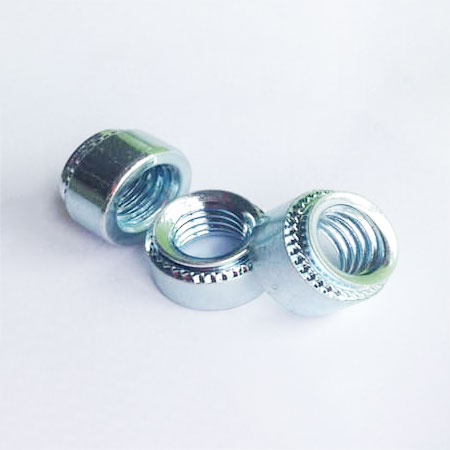
Stainless Steel Through Hole Nuts offer a robust and reliable fastening solution for mechanical assemblies that require a through-hole design. Crafted from high-quality stainless steel, these nuts are designed to provide exceptional strength, durability, and resistance to corrosion and wear, making them ideal for a variety of demanding applications.

Key Applications:
Stainless Steel Through Hole Nuts are versatile and widely used across multiple industries, including:
Automotive: Ensuring secure and stable connections in vehicle components.
Aerospace: Providing high-strength fastenings for critical aerospace equipment.
Construction: Strengthening structural steel connections in commercial and residential projects.
Marine: Resisting the harsh effects of moisture and saltwater, ideal for marine environments.
These nuts excel in environments that demand high resistance to corrosion, moisture, and temperature fluctuations, making them indispensable in heavy machinery, equipment mounting, and more.
Specifications:
Our Stainless Steel Through Hole Nuts come in various sizes and configurations to meet your specific application requirements. Below are the key specifications:
| Parameter | Value |
|---|---|
| Material | Stainless Steel |
| Thread Size | M3-M12 |
| Hole Size | 4mm-16mm |
| Flange Diameter | 6mm-35mm |
| Flange Thickness | 0.5mm-2mm |
| Height | 4mm-20mm |
| Surface Treatment | Polished/Passivated |
Thread Size: M3-M12, offering a wide range of compatibility with bolts of different sizes.
Hole Size: 4mm-16mm, ensuring flexibility for different fastening configurations.
Flange Diameter: 6mm-35mm, allowing versatility in assembly design.
Flange Thickness: 0.5mm-2mm, providing strength and reliability in various applications.
Height: 4mm-20mm, providing the necessary space for secure installation.
Surface Treatment Options:
We offer two surface treatment options for Stainless Steel Through Hole Nuts to cater to your specific needs:
Polished: Features a shiny, reflective surface that enhances aesthetic appeal and offers some corrosion resistance.
Passivated: Chemically treated to provide superior corrosion and rust resistance, ideal for harsher environmental conditions.
The choice between polished or passivated surface treatment depends on your application requirements and the specific environmental factors your assembly will face.